Jeep Fender flares provide more tire clearance, cover wider tire treads, and enhance your rig’s appearance.
Arguably, a Jeep Cherokee (XJ model) will give you the most bang for your off-roading buck. What we mean, is that with an XJ you get a lot of 4×4 vehicle for a minimum cost. Nearly 3 million Cherokees were produced in the US over the model’s production run (1984 – 2001), with many more being produced on nearly every continent in the world. One simple upgrade is the addition of Jeep fender flares.
The name Cherokee was introduced a decade earlier by Jeep as the 1974 Cherokee Chief — a full ladder-framed less expensive two-door version of the luxurious four-door Wagoneer. However, in 1983, Jeep reintroduced the name as the 1984 XJ model, a monocoque (unibody) Sportwagon (a precursor to SUV, a term that wasn’t coined at the time). By eliminating the heavy steel ladder frame, Jeep saved a great deal of weight and still produced a very capable off-road vehicle.
Cherokees have a couple oddities, though, one of which is addressed by the addition of fender flares. The other is an automatic transmission that doesn’t lock into low gear for downhill trekking; it will only hold in second, which means you’ll be riding the brakes down steep trails. Oddity number one, though, is the Cherokee’s relatively small wheel openings.
Small wheel openings mean you’re restricted in the size tires you can add to your XJ, so many companies have produced fender flares. Some flares are metal, some are fiberglass, and we even saw a set made from a plastic kiddy pool on Facebook. For the hard rock trails of Arizona, however, strength is needed so we chose a set of DirtBound steel flares.
ALSO SEE: How to Install Dual Batteries in a Jeep
Full disclosure: we tried a different brand initially, which shall remain nameless, but the front fender flares were so far out of alignment with the Cherokee’s sheet metal, their mounting bolts would have drastically distorted the original fenders. We sent them back and contacted DirtBound.
Normally, we would include a photo of the entire kit displayed on a table or the floor; however, in this case, Cherokee owner Gale Lee—after the fiasco of the first kit—couldn’t wait to begin the installation. Since the front fenders had already been trimmed out to match the first kit, Lee marked and cut the rear wheel openings before we arrived.
As always, the first step is laying out all the contents of the kit and making sure nothing is missing. Nothing was missing from the DirtBound kit (SKU: 1012037). In fact, a few extra nuts and bolts were included in case of loss during install.
Click Here to Browse DirtBound Products
How to Install Jeep Fender Flares
With the DirtBound steel body armor and fender flares protecting his Cherokee, Gale Lee hit Secret Pass outside Kingman, Arizona.
The front flares protect the XJ’s entire front fender panel and flares out over the tire tread.
After trimming back the sheet metal, make sure there’s nothing left protruding to snag, cut or slice a tire.
Prior to attaching the flare, seal all the cracks and crannies in the modified wheel openings with RTV silicone sealant. This will go a long way to avoiding rust in the future. Use clear or colored silicone.
After sealing all the nooks and crimps with silicone, you may want to further seal the entire inner fender surfaces with a good undercoating product.
Correctly position each flare to its respective fender, clamp into place, and mark the locations of the mounting bolts.
We used these quite strong spring clamps for our Jeep fender flares.
First drill just one hole, and then insert the bolt and finger-tighten the nut.
DirtBound included more than enough of these special nuts, bolts, and washers for all fender flares.
After finger-tightening the first bolt, drill the remaining holes and insert all the bolts. Once they are all in place, go around the edge and tighten each fastener.
We’re all finished with the first front fender flare, except for painting it to match the Cherokee.
Perform the same steps on the rear flares and tighten into place.
All protected with the new Jeep fender flares, Lee can now install larger, taller tires.
Shop for Fender Flares For Your Jeep
Q: Why should I install fender flares on my Jeep?
A: Fender flares protect your vehicle from debris, rocks, and mud while enhancing the aggressive off-road look. They also provide additional tire coverage, which can help you comply with local laws if you’re running larger, wider tires.
Q: Are fender flares required for off-roading?
A: While not mandatory, fender flares offer extra protection to your Jeep’s body and paint, especially when driving on rough, rocky terrain. They also prevent road grime from hitting other vehicles, which is important when you’re on public roads.
Q: What tools will I need to install Jeep fender flares?
A: The basic tools you’ll need include a socket wrench set, a drill (if your flares require drilling), plastic fastener tools, and a Torx bit set. Some kits might come with mounting hardware, but it’s a good idea to check the instructions before starting the installation.
Q: Do I need to drill into my Jeep to install fender flares?
A: It depends on the type of fender flares and your Jeep model. Some flares are designed for a bolt-on installation using factory mounting points, while others may require minor drilling. Always review the manufacturer’s installation instructions for specifics.
Q: How long does it take to install fender flares?
A: Installation time can vary based on the type of fender flares and your experience level. On average, it takes about 2-4 hours to install a full set of fender flares. It’s a manageable DIY project with the right tools and patience.
Q: Can I install fender flares on my Jeep by myself?
A: Yes! Installing fender flares is a relatively straightforward DIY project. As long as you have the right tools and follow the instructions, you should be able to install them without professional help.
Q: Will fender flares fit my Jeep if I have oversized tires?
A: Most aftermarket fender flares are designed to accommodate larger tires and provide more coverage than stock fenders. Be sure to check the manufacturer’s specifications to ensure a proper fit for your tire size.
Q: Do I need to paint my fender flares before installation?
A: Some fender flares come pre-painted or textured, but others may be delivered in a raw, unfinished state. If you want to match your flares to your Jeep’s color, you’ll need to paint them before installation. Make sure to use automotive-grade paint and primer for the best results.
Q: How do I maintain my Jeep’s fender flares after installation?
A: Maintenance is simple—just wash the flares with mild soap and water during regular vehicle cleaning. Avoid using harsh chemicals, which can damage the material. For painted flares, consider applying a UV protectant to prevent fading over time.
Q: Can fender flares affect my Jeep’s resale value?
A: Quality fender flares can enhance the resale value of your Jeep, especially if they protect the body from damage. However, poorly installed or ill-fitting flares may detract from its value. Always ensure a proper, secure fit to maintain the appearance and functionality.
By following these tips, you’ll be able to install your Jeep fender flares with confidence, improving both the look and performance of your off-road rig.
We are committed to finding, researching, and recommending the best products. We earn commissions from purchases you make using the retail links in our product reviews. Learn more about how this works.
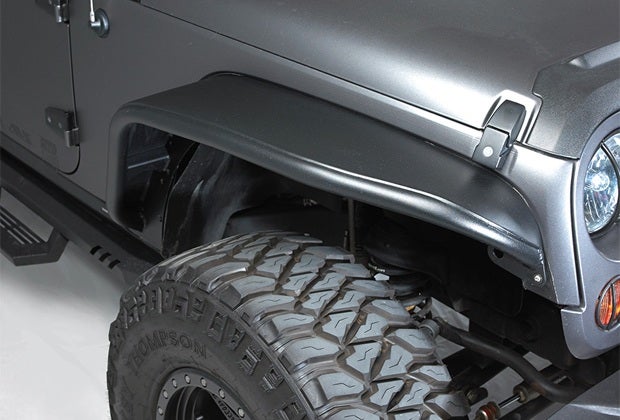
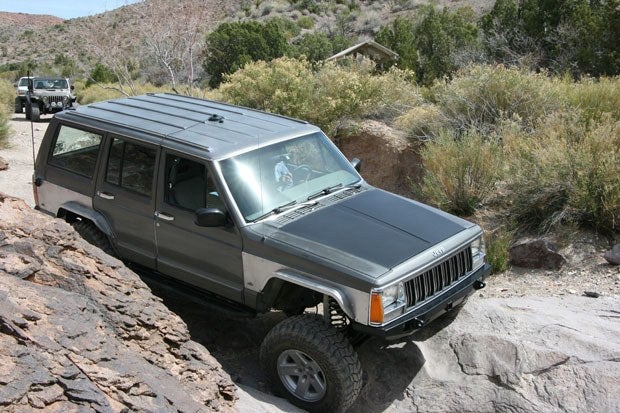
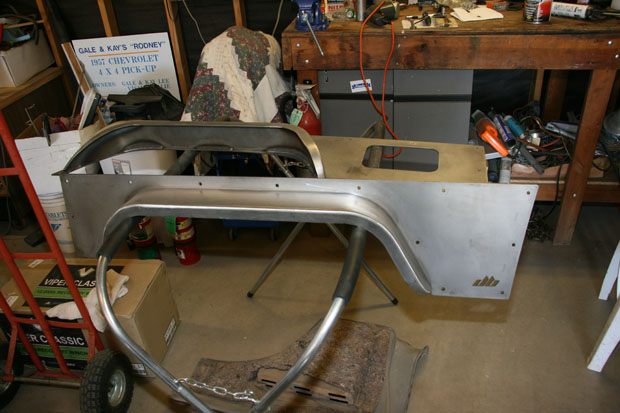
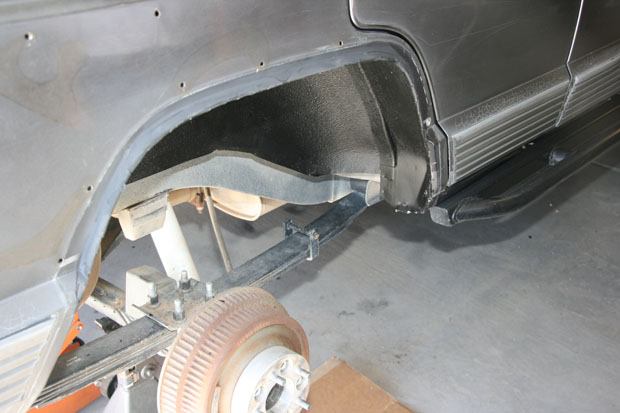

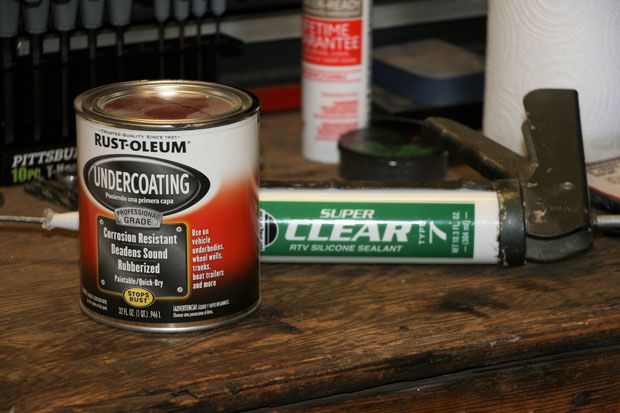
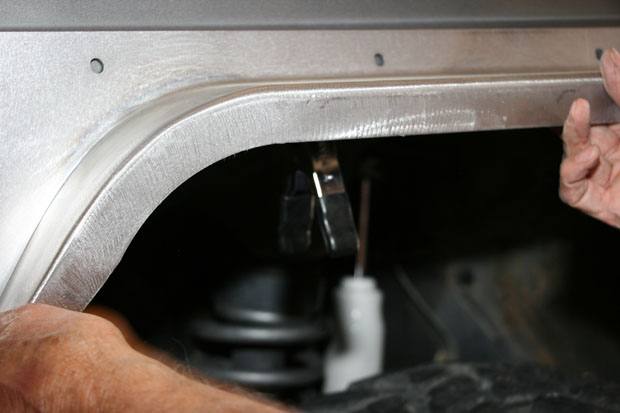

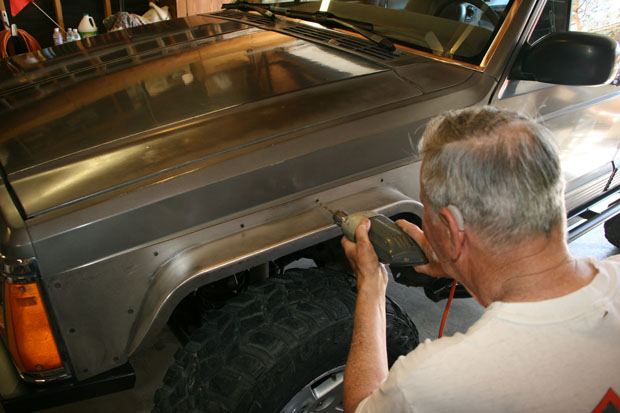
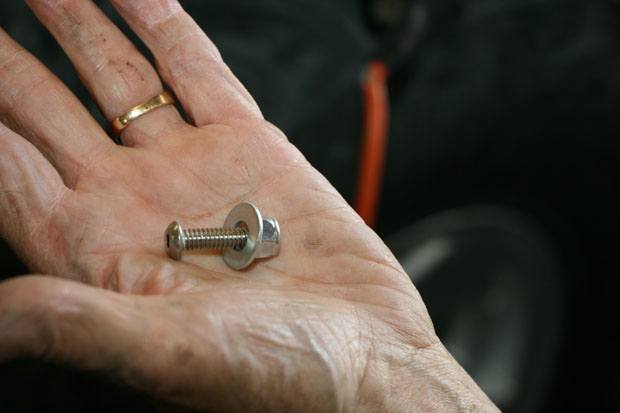
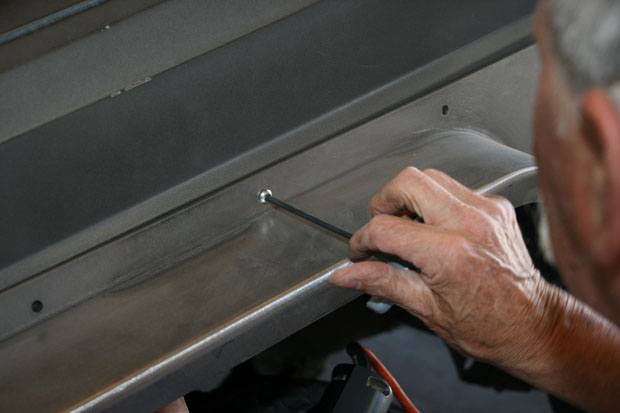
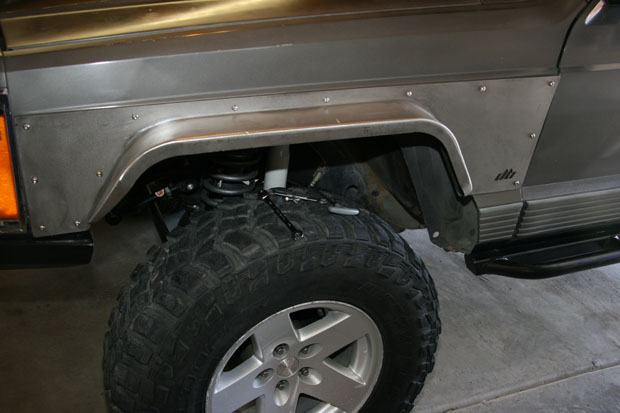
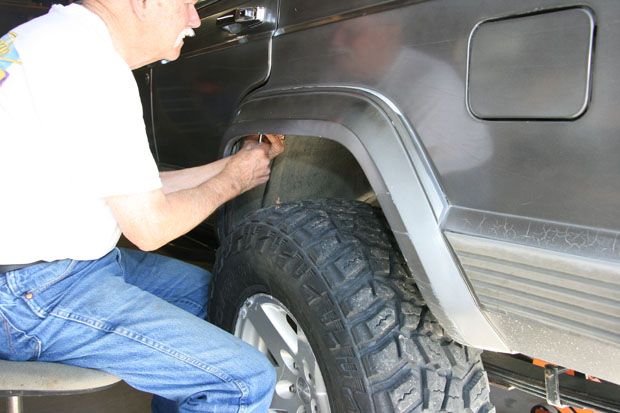
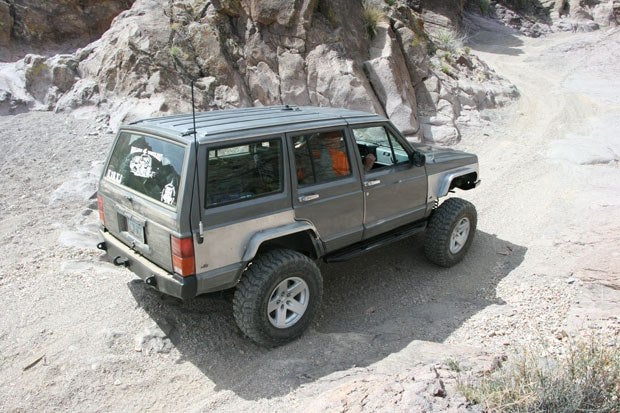
 Your Privacy Choices
Your Privacy Choices